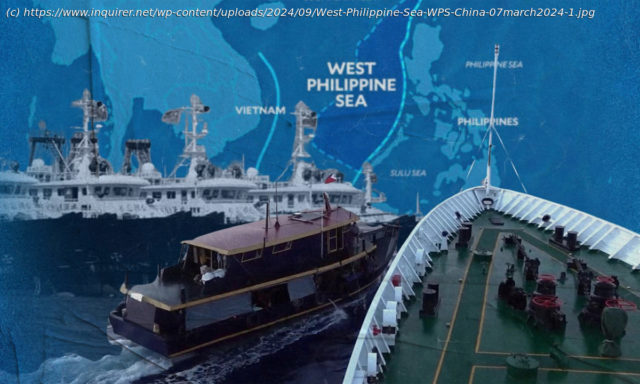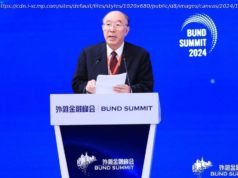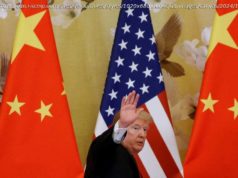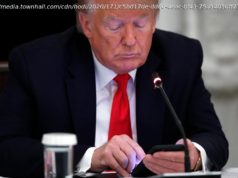Array
—A “fragmented” region is in the interest of China as it could throw its weight around more easily when it is engaged only in bilateral talks instead of a unified Association of Southeast Asian Nations (Asean).
This was pointed out by Don McLain Gill, a geopolitical analyst, who said that the idea of engaging bilaterally, especially on issues of security, “has been a go-to option by China for the longest time.”
He told INQUIRER.net that China “understands its technologies and vast material capabilities, and it often sees them as an advantage over its less powerful neighbors,” which include the Philippines.
“China thrives in fragmentation,” Gill said while stating that this is why China has always targeted a widening of cracks in Asean.
RELATED STORY: China protests Philippines’ claim of extended continental shelf
As Gill stressed, this is because China could really throw its weight around in bilateral negotiations, or consultations that involve only two parties, like China and the Philippines or China and Malaysia.
For instance, Beijing’s Ministry of Foreign Affairs has sent a communication to the Malaysian Embassy in China this year to assail actions by Kuala Lumpur that “infringe” on what it claimed was Chinese sovereignty over areas covered by its nine, now 10-dash line.
READ: China’s WPS lies: From baseless dashed line to ‘indisputable sovereignty’
China’s dashed line has already been declared baseless by an arbitral tribunal formed to decide on a case the Philippines filed against China at the Permanent Court of Arbitration in 2013.
This strategy of China was highly visible when Rodrigo Duterte was president, Gill said as he pointed out the “level of pressure that China was able to impose on the Philippines when Manila was pursuing a more appeasement-driven approach towards Beijing.”
Back in 2017, the Asean did not mention the 2016 arbitral decision that invalidated China’s claims over most of the South China Sea in its 25-page joint statement even when the Philippines was Asean chair that year.
READ: China’s West Philippine Sea gray zone tactics: It’s still war
For Gill, a lecturer of international studies at the De La Salle University, this was in itself an “impediment” for the Philippines to really maximize its ability to assert its sovereignty and sovereign rights over the West Philippine Sea.
Joshua Espeña, a defense analyst, told INQUIRER.net that Duterte “fell into the notion of China’s peaceful rise and then tried to justify his foreign policy stance when his premise went spirally wrong.”
READ: China’s bid to break Asean unity bound to fail – Teodoro
He explained that Duterte failed to realize that China would not act in the interest of the Philippines as any great powers would. “From a historical standpoint, I’d say his presidency indicates the birth pains of the country’s evolving strategic culture,” Espeña said.
Even when Duterte sided with Beijing in many instances, China Coast Guard (CCG) vessels still maintained their presence in the West Philippine Sea from 2018 to 2019, based on data from the Asia Maritime Transparency Initiative (AMTI).






